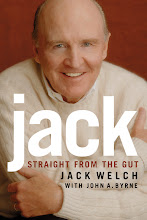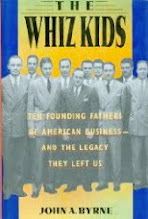In the early 1960s, Tom Wolfe and other talented writers created the New Journalism. It cleverly deployed the techniques of great fiction to news and feature writing. Today's direct engagement with readers is the antithesis of Mr. Wolfe's self-centered narrative inventions. Call it the "New" New Journalism.
It fully embraces its readers, treats their opinions and beliefs with respect and dignity, and leverages the intelligence of the crowd to create a more valuable outcome for all. It recognizes that content is no longer king; Context is. In a world of commoditization, where too much news and opinion already chases too few eyeballs, this new loyalty-inducing journalism builds community and relationships.
Here's my essay on these thoughts published on the op-ed page of The Christian Science Monitor.
Donkey Show, the novel
-
My new novel, Donkey Show, is out in trade paperback. The digital version
will come next month, with the official launch.
The idea for the novel came ba...
3 years ago










